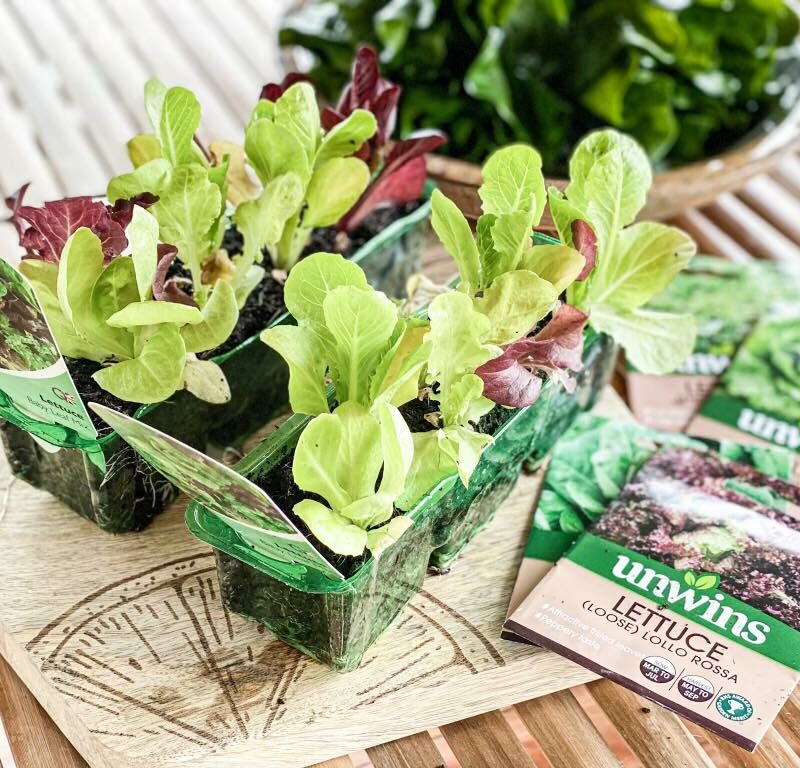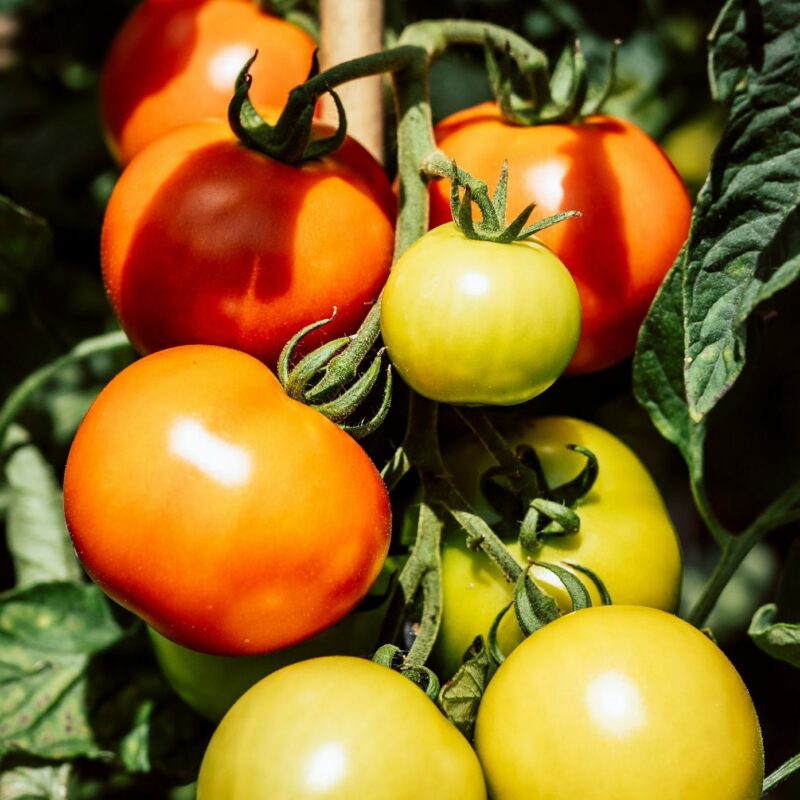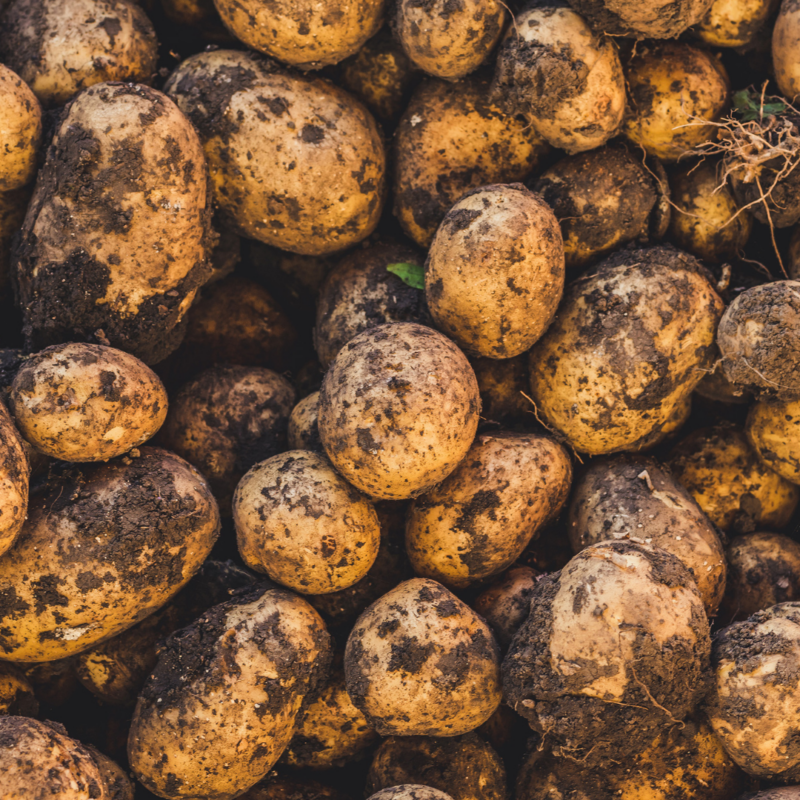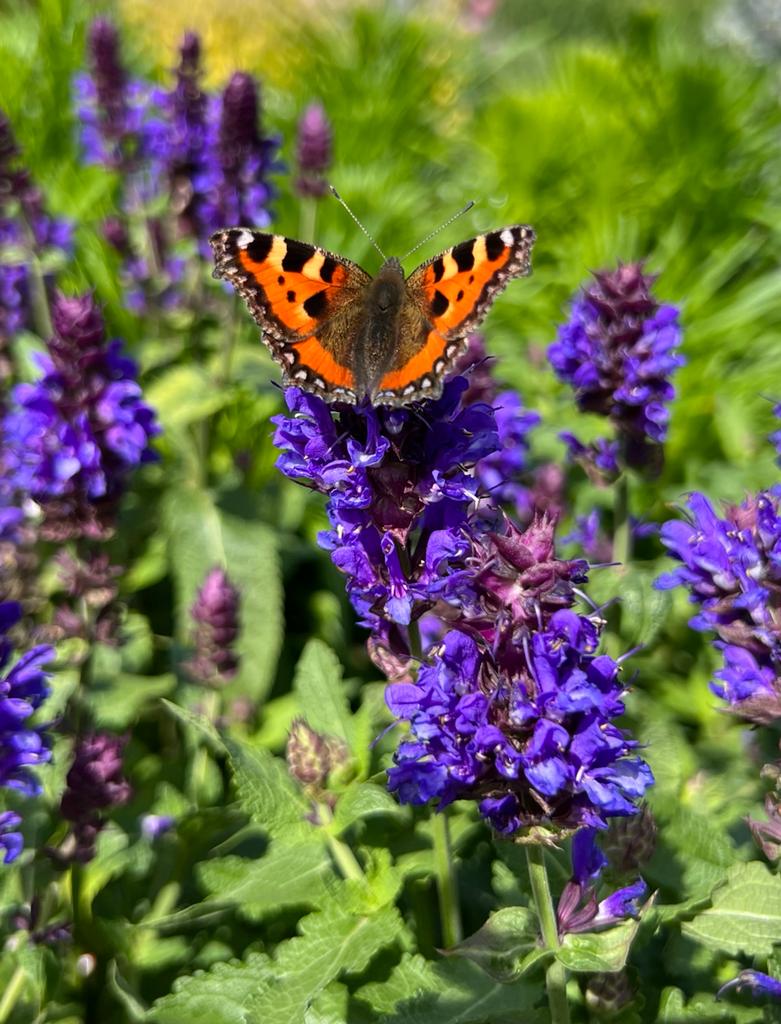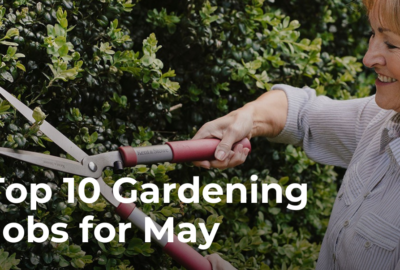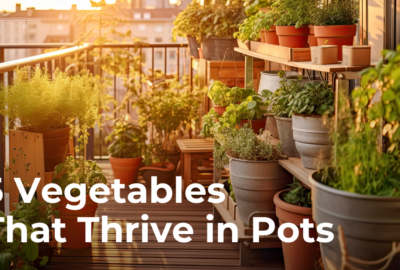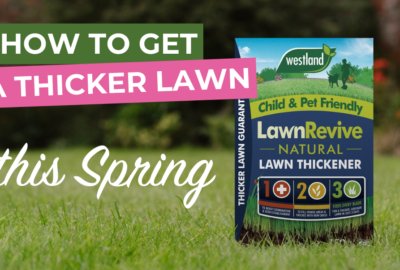Blog, Gardening Advice
April Gardening
Have you got a Spring in your step?
The start of April is a time to look ahead, look forward to new beginnings and the start of those warmer days. Easter is a religious holiday marking the resurrection of Jesus Christ, yet for those who are non-religious, it’s the celebration of Spring. The daffodils are in bloom, tulips are starting to appear and we’re sure it won’t be long before we see lambs bounding around the fields.
April also signifies National Gardening Month! There’s no better feeling than being out in nature, hearing the birds sing and hopefully soaking up the warmth of the early Spring sun.
We want to inspire any new gardeners to get outside and show you just how easy it can be. No matter how big or small your outdoor space, there’s always room to create a peaceful and relaxing setting. For example, our balcony planters are perfect to hang on the wall, a trellis and of course a balcony, which adds instant colour and vibrance.
This month we’re also going to inspire you to create a haven not just for you but the wildlife too, so, whether it’s planting bee loving plants or adding a bird box, every small thing we can do to attract wildlife to our gardens will be sure to bring even more joy when we’re outside.

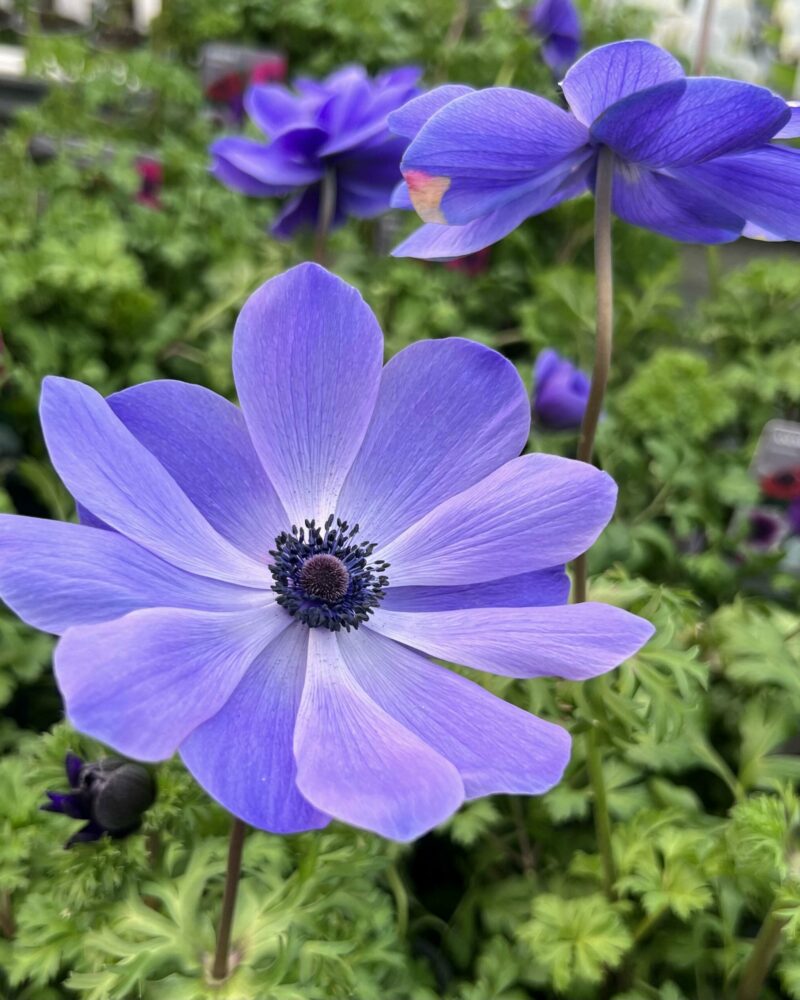
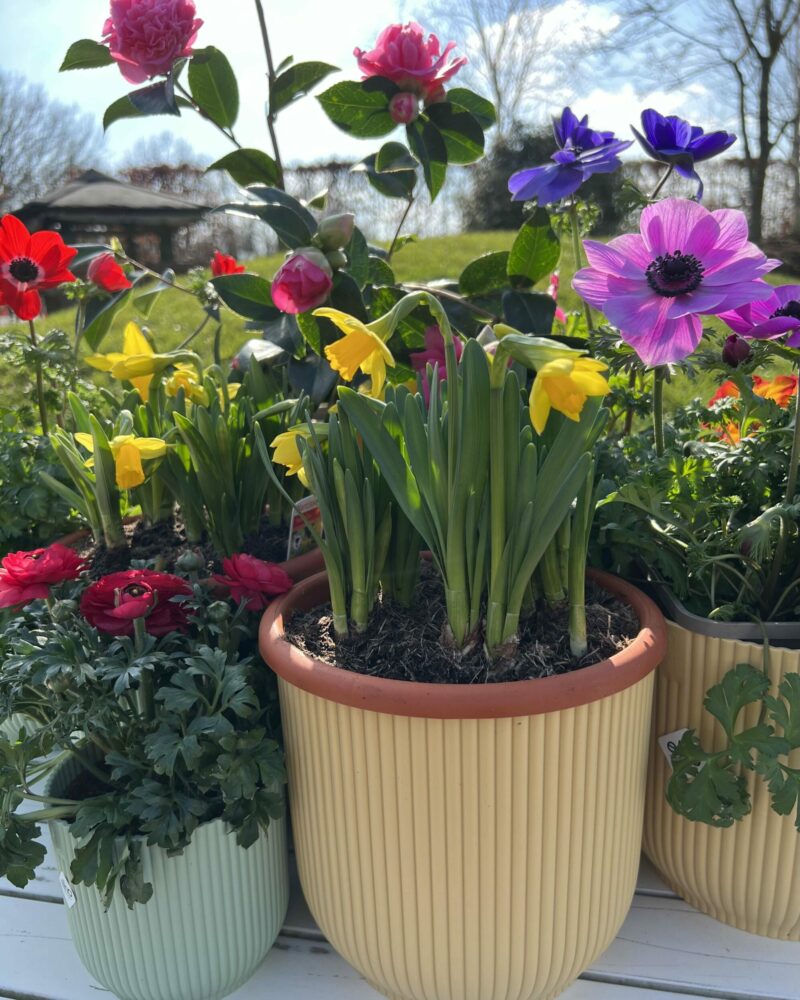
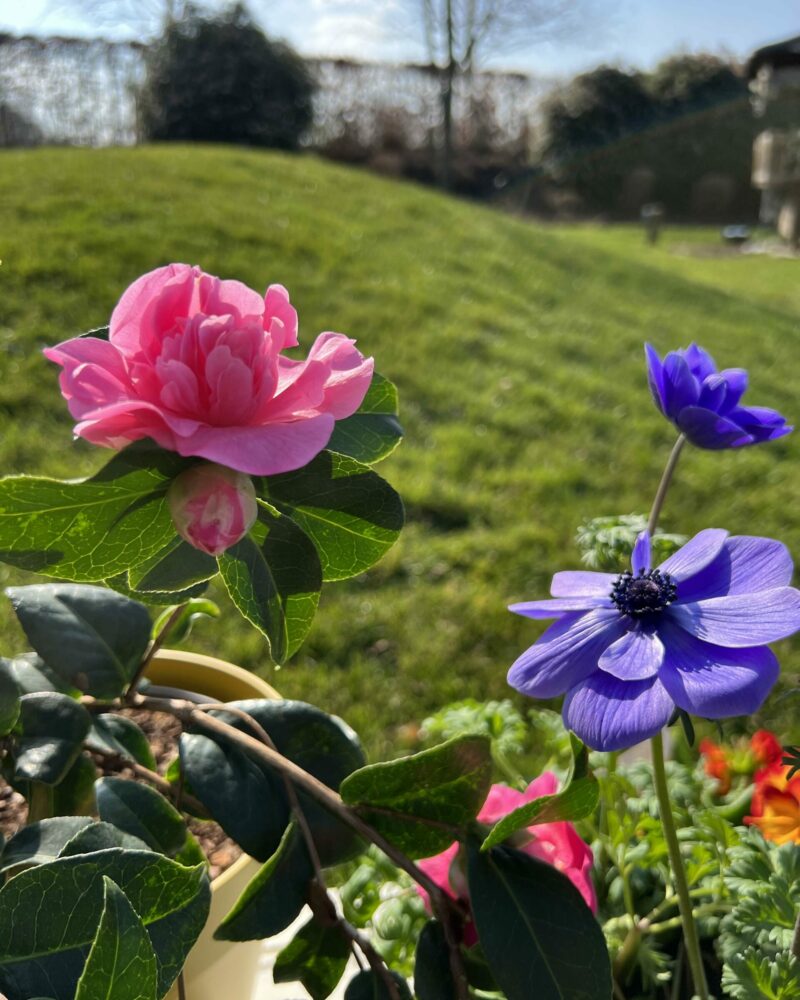
MINDFULNESS GARDENING
There is no better excuse to get out in the garden! So, to inspire you, we have put together some easy ways to enhance your outside space, no matter how big or small it may be.
Add lots of colours! Plants such as primroses, hydrangeas, sunflowers, ranunculi’s and gladiolus are great at this time of year and are easy to plant too. You can even add some spring bedding, such as our pansies and primroses, which are hardy enough to survive these early morning frosts.
Make it a comfortable and relaxing space – whether you want to curl up with a good book or just sit back and listen to the bird song, having something comfortable to sit on can make all the difference. We have a great selection of Egg chairs, sofa sets and sun loungers that will be sure to help with your zen!
Consider purchasing a water feature, bird bath or a pond, depending on the space you have. The tranquil sounds of water can be relaxing and again will also attract wildlife. View the range here >



Attract wildlife to your garden by putting up bird boxes, bug homes and hedgehog homes, but don’t forget to feed them too. There are also several plants that will attract butterflies and bees to your garden too, such as:
- A Centranthus Ruber also known as a Red Valerian, it often flowers early and continues well into midsummer.
- A Hebe, not only is it a reliable evergreen shrub, hebes attracts a range of insects, in particular bees and butterflies.
- Erysimum ‘Bowles’s Mauve’ will flower from Spring into Autumn if they are consistently deadheaded. Providing nectar for butterflies and bees both early and late in the year.
- Bees can see the colour purple more clearly than any other colour, and some of the best bee plants, such as lavender, alliums and buddleja, have purple flowers.
YOUR JOBS FOR THIS MONTH
It’s mulch time
Mulch? What is mulch I hear you say? For avid gardeners and old hands you will have already planned ahead and mulching is very much part of your gardening routine in the Autumn and Spring.
For those new beginners amongst us, mulch is a thick layer of compost/organic material placed over the soil and around plants. It is used to suppress weeds and lock moisture into the soil, as well as protecting the soil from dry winds and direct sun.
The natural process of mulch acts as a slow-release plant food, with the worms taking it into the soil, breaking it down which therefore improving the soil structure overall.
What mulch to buy?
Country Natural Composted Stable Manure is excellent for soil improving and mulching, whilst feeding the soil at the same time. It is ideal for breaking up compacted clay soil or improving the structure of fine, sandy soil, leaving you with a nutritious planting medium, in which plants will flourish and thrive to produce a beautiful garden.
Bulky mulch breaks down slowly, such as bark chippings: https://www.polhill.co.uk/shop/products/gardening/compost/bark-chipping-and-mulches/cambark-premium-pine-nuggets-50l.html


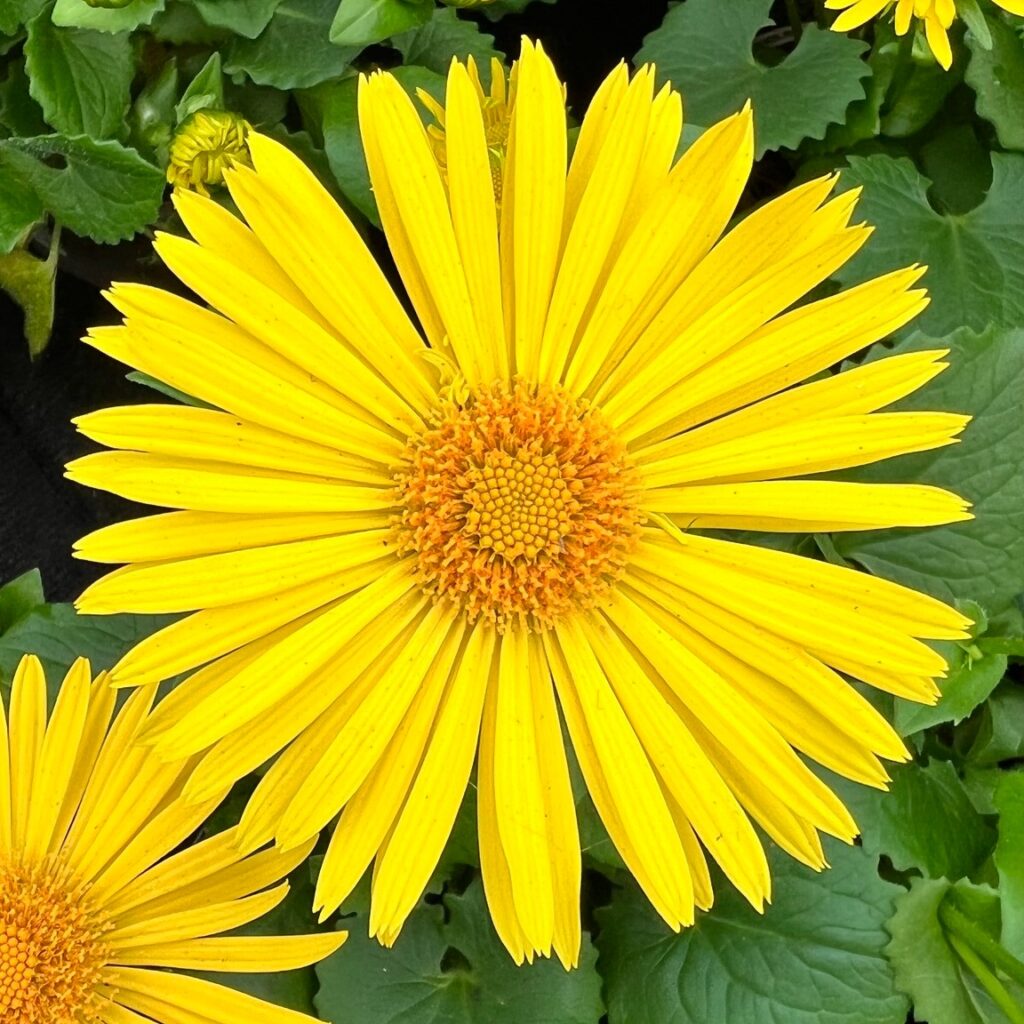

Other jobs for your list..
- Add some spring colour! Plant primulas and polyanthus in pots and also in the front of your borders, this will make such a difference.
- Snip old daffodil flower heads, this will maximise the energy going to the bulb. During dry periods make sure you top them up with water and pull out any weeds, as these will compete for space and nutrients. Good tip is to feed the foilage at the end of flowering, this will help strengthen the bulbs to ensure a good flower next Spring.
- Carry on deadheading Spring bulbs and bedding
- You can now start sowing sweet peas at the base of supports, those that are sown in autumn can be now transplanted into their final positions.
- Make sure to spray fungicide on new leaves on your roses, this will try and keep under control the amount of mildew, blackspot and rust.
- Prune your hydrangeas, cut them back to a healthy shoot.
- Sunflowers can now be seeded, ensure that they are in an open site, and water them consistently. Watch out for slugs and snails! Do not let them get near your seedlings.
Fruit and Veg
- Second-early and maincrop Potatoes can be planted.
- Plant out onion sets – space them 10cm apart in rows, spaced roughly 30cm apart.
- Outdoor varieties of tomatoes, courgettes and chillies can be sown into pots, to ensure they can be ready to plant out in late May or June time.
- Separate your hardy herbs, like lemon balm and chives, these can be replanted into pots, borders or any space you have for your herbs.
- Beetroot can now be sown directly into the ground or in modules.
- Garlic, onions and shallots can be planted every few weeks, to ensure you don’t run out of supply!
- Coriander, dill, chamomile, parsley and other herbs can be sown into a sunny bed or container.

